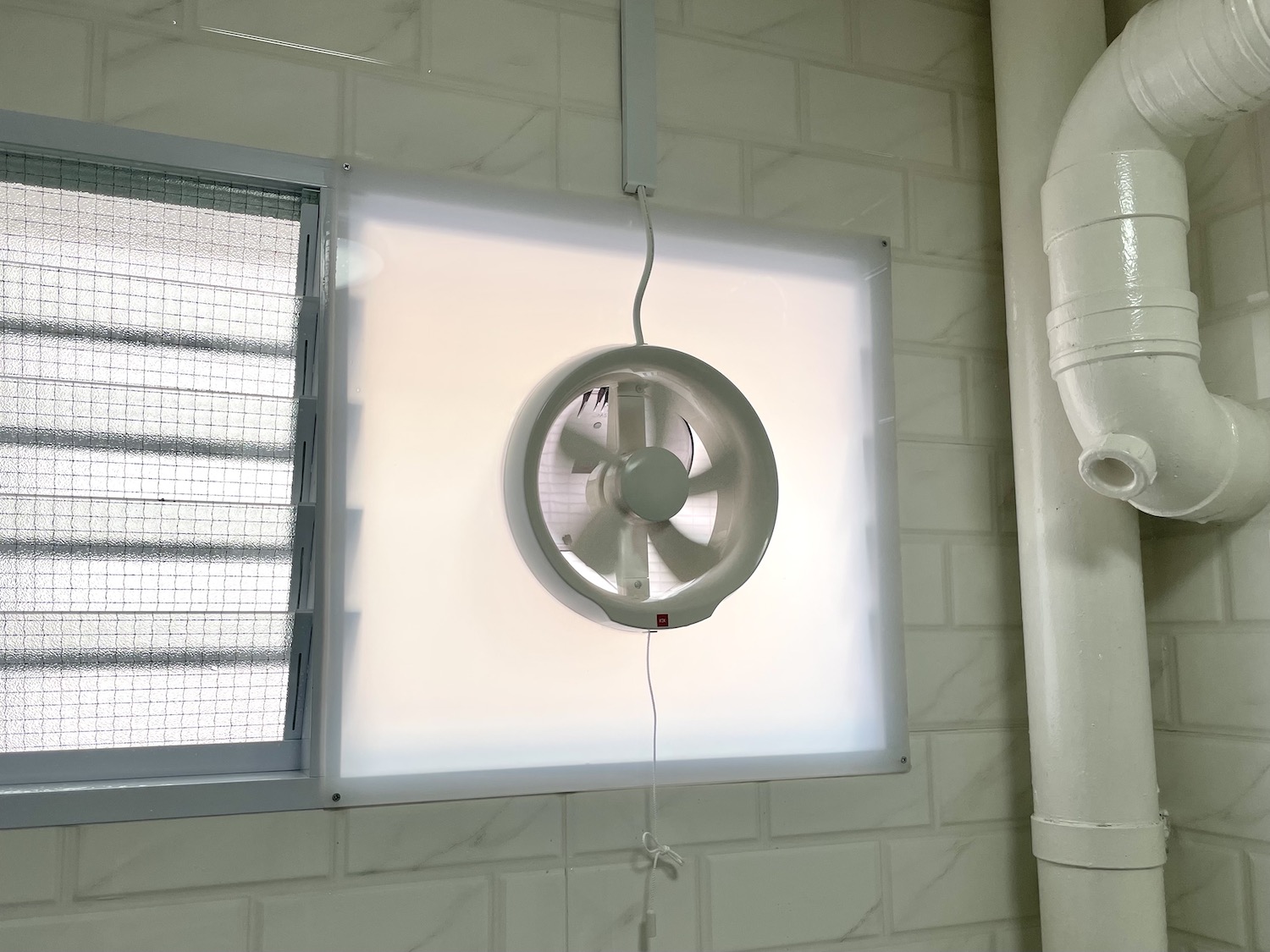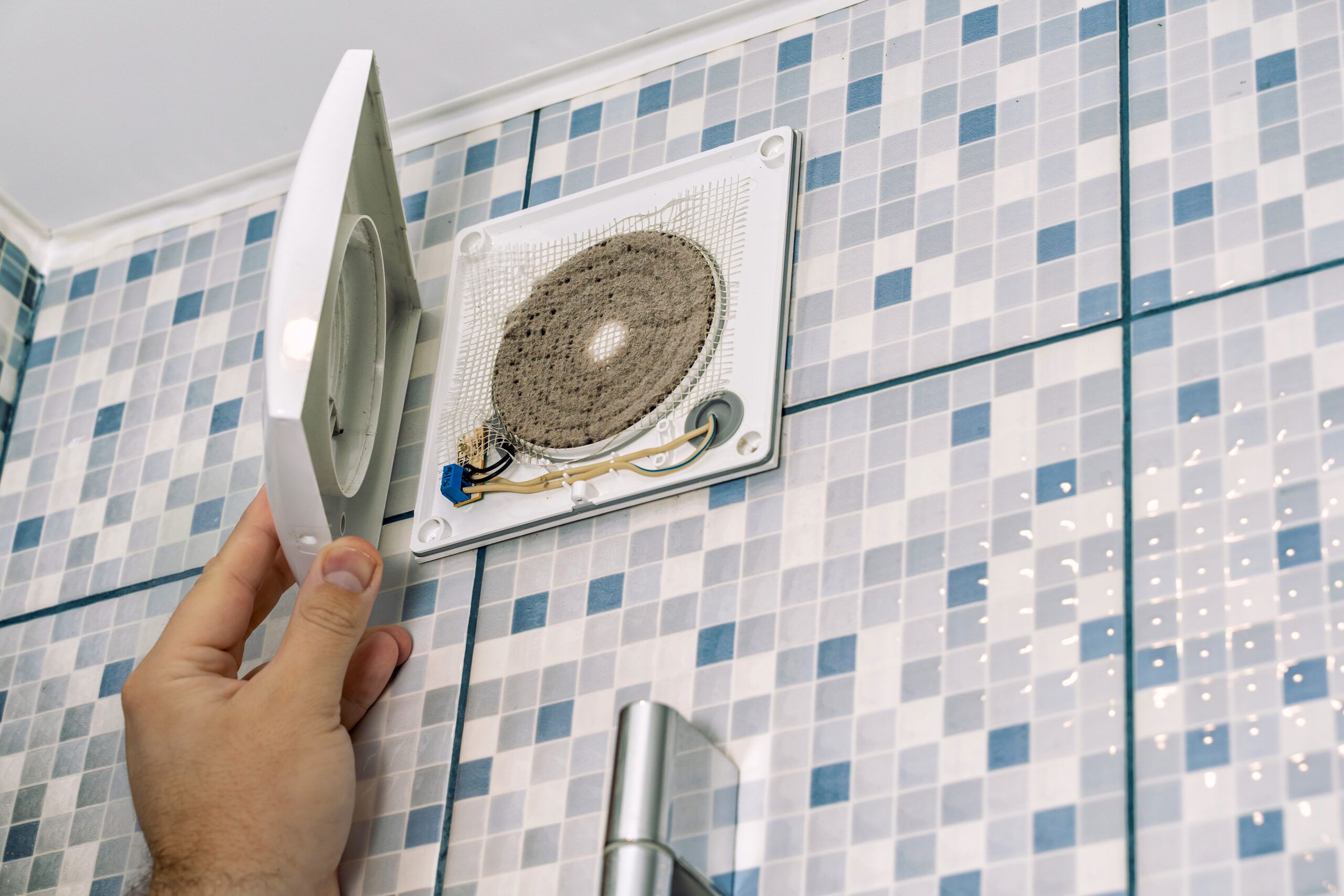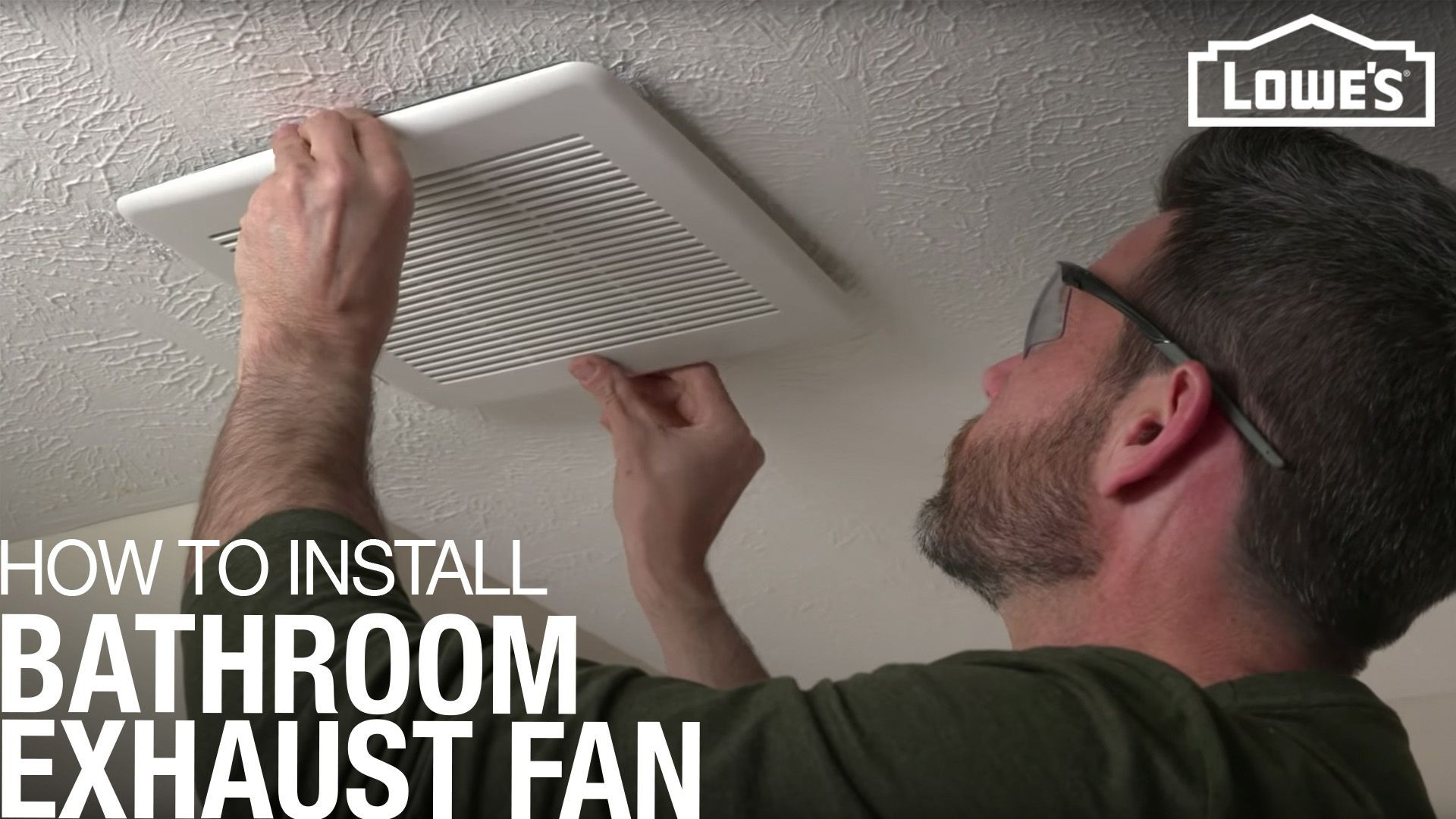Purpose of Bathroom Exhaust Fans

Purpose of bathroom exhaust fan – Bathroom exhaust fans are essential for maintaining a healthy and comfortable indoor environment. Their primary purpose is to remove excess moisture from the air, preventing the growth of mold and mildew.
So, the purpose of a bathroom exhaust fan is pretty straightforward: it helps get rid of moisture and odors. But did you know that it can also help you achieve that dark academia decor you’ve been dreaming of? That’s right, by incorporating dark academia decor into your bathroom, you can create a space that’s both stylish and functional.
And with the help of an exhaust fan, you can keep your bathroom smelling fresh and clean, no matter how many steamy showers you take.
Impact of Excess Moisture
Excess moisture in the bathroom can have detrimental effects on surfaces and fixtures. It can lead to the formation of mold and mildew on walls, ceilings, and floors, causing unsightly stains and unpleasant odors.
Improving Indoor Air Quality
Exhaust fans also play a crucial role in improving indoor air quality. They remove harmful pollutants, such as volatile organic compounds (VOCs), which can be released from cleaning products, paints, and other household items. By removing these pollutants, exhaust fans help create a healthier and more comfortable living space.
Design and Installation Considerations

When designing and installing bathroom exhaust fans, there are several key factors to consider to ensure optimal ventilation and effectiveness.
First and foremost, the placement of the exhaust fan is crucial. The fan should be positioned directly above the shower or bathtub, where it can effectively capture moisture and odors. The optimal distance between the fan and the showerhead is between 12 and 18 inches. Additionally, the fan should be installed at least 6 inches above the ceiling to avoid any obstructions or interference with the airflow.
The size of the exhaust fan is also important. The fan should be sized appropriately for the size of the bathroom. A general rule of thumb is to select a fan that can exchange the air in the bathroom at least 8 times per hour. For example, if your bathroom is 100 square feet, you would need a fan that can move at least 800 cubic feet of air per minute (CFM).
There are several different types of exhaust fans available, including ceiling-mounted, wall-mounted, and inline models. Ceiling-mounted fans are the most common type and are installed directly into the ceiling. Wall-mounted fans are installed on the wall, typically above the shower or bathtub. Inline fans are installed in the ductwork of the bathroom ventilation system and are often used in larger bathrooms or bathrooms with multiple fixtures.
When installing an exhaust fan, it is important to follow all building codes and safety standards. The fan should be installed by a qualified electrician and should be properly vented to the outside of the home. The fan should also be equipped with a backdraft damper to prevent air from flowing back into the bathroom when the fan is not in operation.
Installation Guidelines, Purpose of bathroom exhaust fan
- The fan should be installed according to the manufacturer’s instructions.
- The fan should be installed by a qualified electrician.
- The fan should be properly vented to the outside of the home.
- The fan should be equipped with a backdraft damper.
- The fan should be tested regularly to ensure that it is operating properly.
Maintenance and Troubleshooting

Exhaust fans, like any other appliance, require regular maintenance to ensure optimal performance and longevity. This includes cleaning and replacing components as needed.
Troubleshooting common issues with exhaust fans can save you time and money in the long run. Here are some tips on how to diagnose and resolve common problems:
Cleaning and Maintenance
- Regularly clean the fan blades and housing to remove dust and debris that can accumulate over time.
- Inspect the fan motor and bearings for any signs of wear or damage.
- Lubricate the fan motor according to the manufacturer’s instructions.
- Replace the fan filter regularly to prevent dust and debris from entering the fan motor.
Troubleshooting
If your exhaust fan is not working properly, here are some common troubleshooting tips:
Fan Noise
- Check if the fan blades are hitting anything.
- Tighten any loose screws or bolts.
- Lubricate the fan motor.
Lack of Airflow
- Check if the fan filter is clogged.
- Make sure the fan is properly vented to the outside.
- Check if the fan motor is running.
Moisture Accumulation
- Make sure the fan is properly vented to the outside.
- Increase the fan’s running time.
- Use a dehumidifier in the bathroom.
Guys, do you know what the purpose of a bathroom exhaust fan is? It’s to get rid of moisture and odors. Speaking of moisture, have you seen the latest iphone 8 wallpaper ? It’s so cool! Anyway, back to bathroom exhaust fans.
If you don’t have one, get one. It’ll make your bathroom smell so much better.
